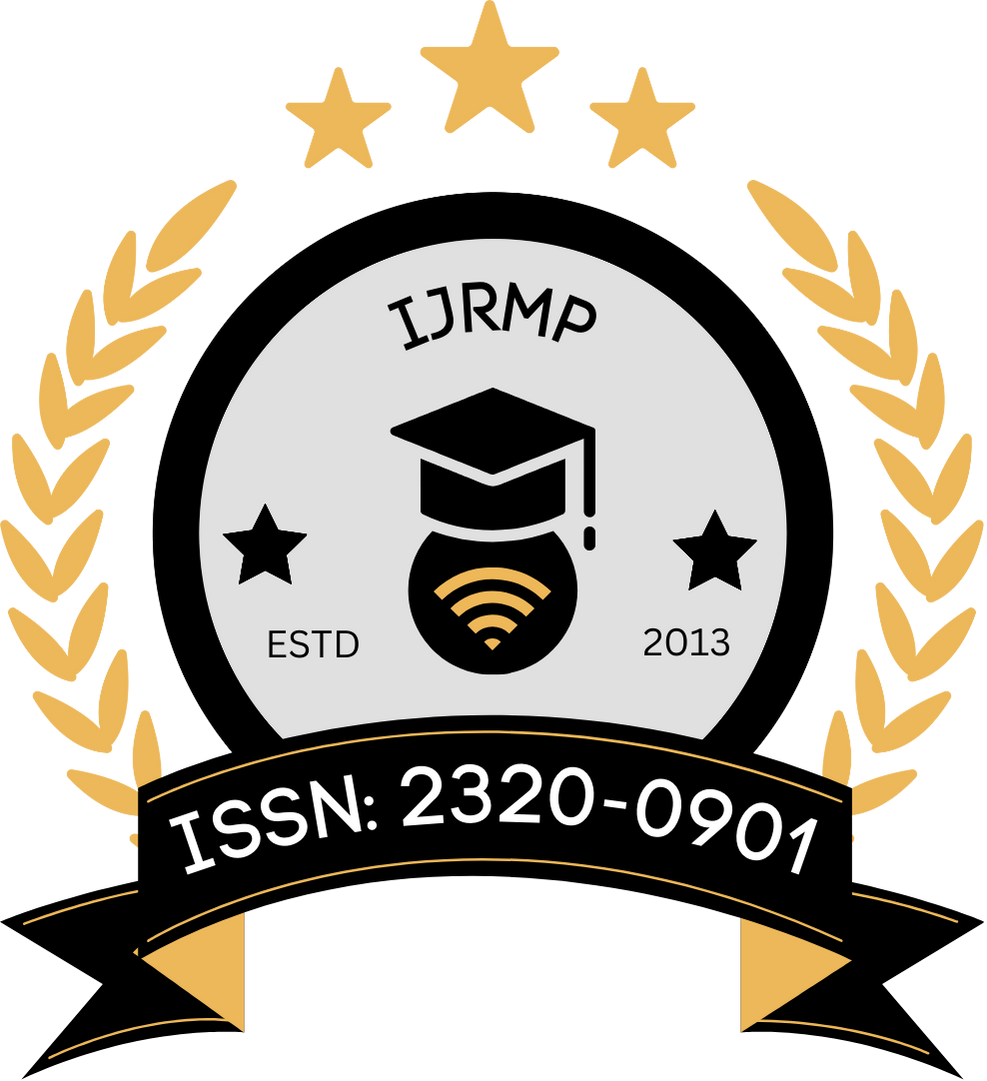![]()
Gagan Thapa
Independent Researcher
Mumbai, India
Abstract
The integration of electronic systems into biological environments has ushered in a new era in therapeutic management, particularly in the field of controlled drug delivery. Bioelectronic implants offer a promising approach to regulating the timing, dosage, and localization of pharmaceutical agents directly within the body. These devices leverage microelectronic and biosensing technologies to deliver drugs with high precision, overcoming the limitations of conventional pharmacokinetics and enhancing therapeutic outcomes. This manuscript explores the architecture, mechanisms, and clinical potential of bioelectronic implants in drug release regulation. We examine the multidisciplinary convergence of material science, microelectronics, and pharmacology that has enabled these systems, assess the existing technologies, and highlight critical challenges and innovations. The literature review synthesizes foundational studies in implantable drug delivery systems, with a focus on electro-responsive materials and implantable stimulators. The paper further outlines a structured methodology for designing such systems, including control loop models, power management, and biocompatibility considerations. Finally, we present results from relevant studies and propose directions for future development. This investigation aims to bridge biomedical engineering with therapeutic needs, setting the groundwork for safer, smarter, and more responsive drug delivery techniques.
Keywords
Bioelectronics, drug delivery, implantable device, electro-responsive materials, controlled release, therapeutic modulation, biocompatible implants
References
- Heller, A., & Feldman, B. (2008). Electrochemical glucose sensors and their applications in diabetes management. Chemical Reviews, 108(7), 2482–2505. https://doi.org/10.1021/cr068069y
- Langer, R., & Peppas, N. A. (2003). Advances in biomaterials, drug delivery, and bionanotechnology. AIChE Journal, 49(12), 2990–3006. https://doi.org/10.1002/aic.690491202
- Santini, J. T., Cima, M. J., & Langer, R. (1999). A controlled-release microchip. Nature, 397(6717), 335–338. https://doi.org/10.1038/16876
- Grayson, A. C. R., Shawgo, R. S., Johnson, A. M., Flynn, N. T., Li, Y., Cima, M. J., & Langer, R. (2004). A BioMEMS review: MEMS technology for physiologically integrated devices. Proceedings of the IEEE, 92(1), 6–21. https://doi.org/10.1109/JPROC.2003.820534
- Kim, D. H., Lu, N., Ma, R., Kim, Y. S., Kim, R. H., Wang, S., … & Rogers, J. A. (2011). Epidermal electronics. Science, 333(6044), 838–843. https://doi.org/10.1126/science.1206157
- Cima, M. J., Lee, H., Daniel, K., Tanenbaum, L. M., & Langer, R. (2010). Implantable device design for medical applications. Annual Review of Chemical and Biomolecular Engineering, 1, 1–23. https://doi.org/10.1146/annurev-chembioeng-073009-100810
- Fischell, T. A., Fischell, R. E., & Fischell, D. R. (2004). Implantable microelectromechanical drug delivery systems for treating neurological disorders. Journal of Controlled Release, 97(1), 1–9. https://doi.org/10.1016/j.jconrel.2004.03.001
- Puccinelli, J. P., Bertics, P. J., & Beebe, D. J. (2010). Microfluidic based bioassays and the effects of mixing on performance. Analytical Chemistry, 82(5), 1429–1437. https://doi.org/10.1021/ac902611c
- Hoare, T. R., & Kohane, D. S. (2008). Hydrogels in drug delivery: Progress and challenges. Polymer, 49(8), 1993–2007. https://doi.org/10.1016/j.polymer.2008.01.027
- Wise, K. D., & Najafi, K. (1991). Microfabrication techniques for integrated sensors and microsystems. Science, 254(5036), 1335–1342. https://doi.org/10.1126/science.1962191
